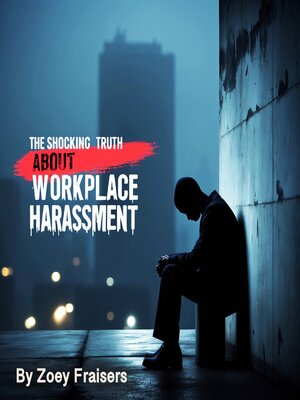
Sign up to save your library
With an OverDrive account, you can save your favorite libraries for at-a-glance information about availability. Find out more about OverDrive accounts.
Find this title in Libby, the library reading app by OverDrive.



Search for a digital library with this title
Title found at these libraries:
| Library Name | Distance |
|---|---|
| Loading... |
Workplace harassment is an issue that extends far beyond isolated incidents—it is a systemic problem that affects employees across industries and at all levels of employment. From overt discrimination and verbal abuse to more insidious forms of intimidation and exclusion, workplace harassment can take many shapes. Yet, despite growing awareness, countless cases go unreported, leaving victims to suffer in silence while companies turn a blind eye. The consequences of this widespread problem are severe, impacting not only individuals but entire organizations.
At its core, workplace harassment is about power and control. It is often perpetuated by those in positions of authority or influence, creating a culture where victims fear retaliation if they speak up. In some cases, even when complaints are filed, they are dismissed or mishandled by employers who prioritize their company's reputation over the well-being of their employees. This failure to address harassment fosters a toxic work environment, leading to decreased productivity, high turnover rates, and lasting emotional damage for those affected.
While laws and regulations exist to protect workers from harassment, enforcement remains inconsistent. Many employees are unaware of their rights, and even those who do understand them may hesitate to take legal action due to the stigma attached to being labeled a troublemaker. Human resources departments, which are meant to serve as a safeguard against workplace misconduct, often struggle to balance their duty to employees with their loyalty to the company. As a result, the burden of addressing workplace harassment frequently falls on the victims themselves, leaving them with difficult choices that can impact their careers and mental health.







